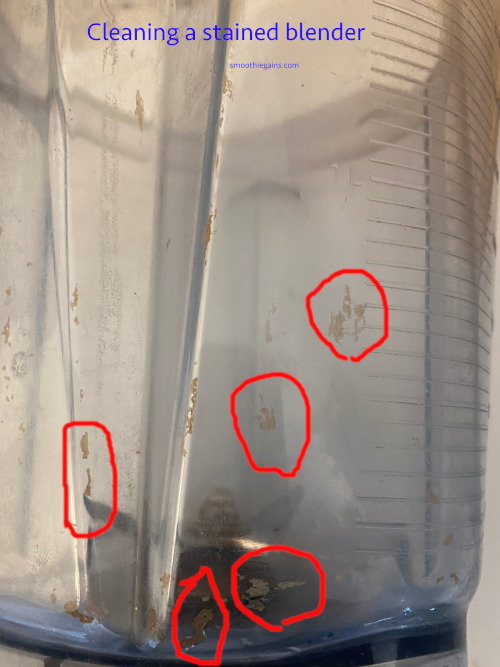How Long Does It Take For A Sternum To Fully Heal After Surgery
Table of Contents
- Introduction
- The Study: Unraveling Sternal Healing
- Understanding the Healing Process
- Conclusion: Patience and Long-Term Healing
- Takeaway for Patients
Introduction
Undergoing coronary artery bypass grafting (CABG) or valve replacement surgery is a significant event for patients with heart disease. One aspect of heart surgery that has been gaining attention in recent research is sternal healing. The sternum, also known as the breastbone, is surgically divided during a median sternotomy to access the heart for the procedure. A thorough understanding of how long it takes for the sternum to heal is crucial for patient care and recovery.
Much information on the Internet claims that the sternum is healed within the first three months. This is unlikely to be true. It actually seems to take much longer for the sternum to fully heal after a sternotomy.
A recent study titled “Sternal Healing after Coronary Artery Bypass Grafting Using Bilateral Internal Thoracic Arteries: Assessment by Computed Tomography Scan” sheds light on the timeline of sternal healing and factors that influence the process. Let’s explore the key findings of this study and gain insights into the healing journey of the sternum after CABG surgery.
The Study: Unraveling Sternal Healing
The study involved 197 patients who underwent isolated CABG using skeletonized bilateral internal thoracic arteries (sBITA) from 2006 to 2009. Postoperative computed tomography (CT) angiography was conducted at regular intervals between three to six months after surgery, and additional CT scans were performed on 108 patients at 24 to 48 months post-surgery. The researchers used axial CT images to assess sternal fusion at different parts of the sternum and categorized healing as poor, fair, or complete.
Understanding the Healing Process
1. Early Sternal Healing (Three to Six Months After Surgery)
The study looked at how well the breastbone (sternum) heals after heart surgery. About 34.5% of patients had poor healing, meaning their sternums were not healing as well as expected. The upper part of the sternum (called the manubrium) showed the most common poor healing.
After three months, none of the patients had completely healed sternums, but by six months, 23.4% of them had achieved full healing. The study found that during the initial three to six months, it is normal to see gaps in the sternum on CT scans, but these gaps do not necessarily mean there’s a problem with the healing process (they are not considered “pathological” or harmful). So, it’s important not to worry too much about these gaps in the early stages of recovery.
2. Factors Influencing Early Healing
Several factors were found to influence early sternal healing. Patients with poor early healing tended to have a shorter interval from surgery, older age, diabetes mellitus, and postoperative renal dysfunction. It’s essential for healthcare professionals to be aware of these risk factors to manage patient care effectively during the initial recovery period.
3. Long-Term Sternal Healing (24 to 48 Months After Surgery)
Remarkably, in the later CT images, the average long-term sternal healing score significantly improved, and complete healing was observed in an impressive 98.2% of patients. Surprisingly, long-term sternal healing did not differ significantly between patients with poor early healing and those with better early healing outcomes. This suggests that despite initial setbacks in sternal healing, the vast majority of patients achieve complete sternal healing in the long run.
So while a sternum will not fully heal in three months, almost everyone who undergoes a sternotomy will be fully healed eventually.
Conclusion: Patience and Long-Term Healing
The study on sternal healing after CABG surgery using sBITA provides valuable insights into this critical aspect of cardiac surgery recovery. The findings indicate that complete sternal healing takes more than three months, with the manubrium being the most delayed region. Importantly, the study reassures patients and healthcare providers that even if there are challenges in early sternal healing, the sternum tends to heal almost entirely within two years after the operation.
Takeaway for Patients
For patients undergoing CABG surgery, it’s essential to be aware of the healing process and understand that sternal healing requires time and patience. Following post-surgery guidelines and taking proper care during the initial recovery period can positively impact early sternal healing. Moreover, patients can find reassurance in knowing that long-term sternal healing is likely to be successful, even if initial CT scans show gaps in the sternum.
If you want to help your sternum heal faster make sure you follow your doctors instructions. Do not put too much strain on your chest too early, and follow a healthy diet. A bone healing smoothie might be a great way to help speed up the bone healing process.
Disclaimer: This blog post is based on a scientific study and should not be considered medical advice. For personalized medical guidance, please consult with your healthcare provider.



